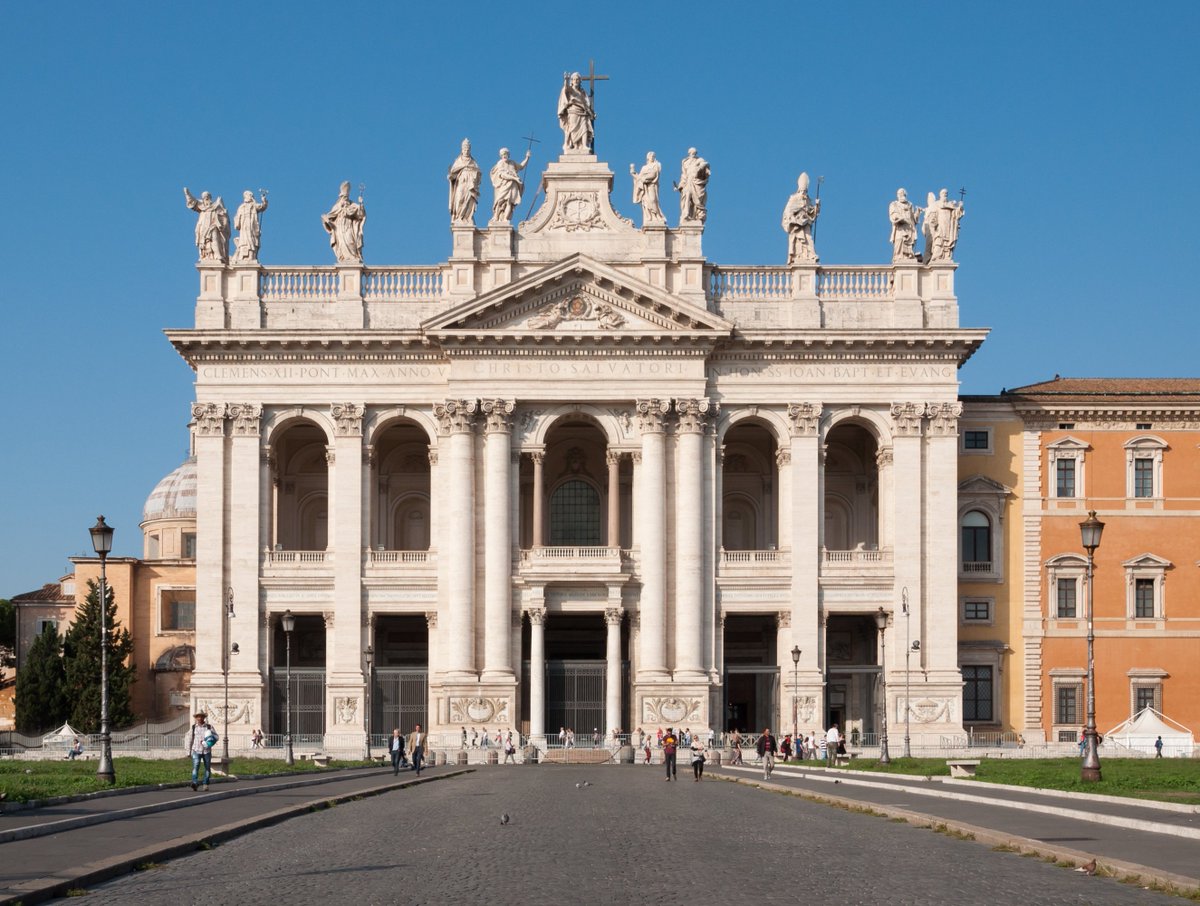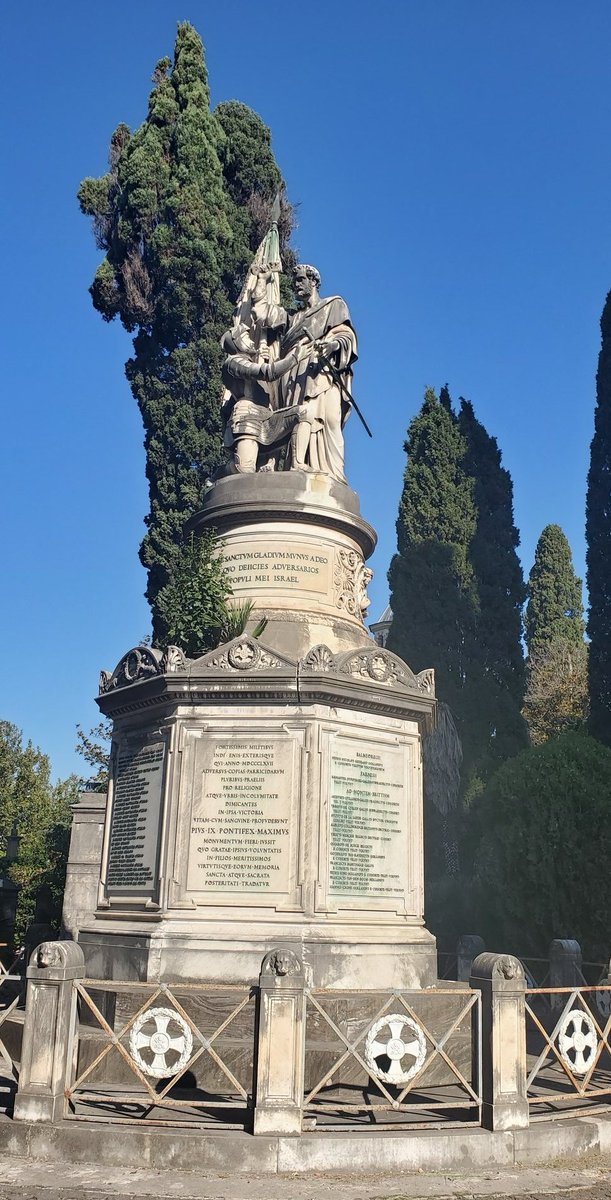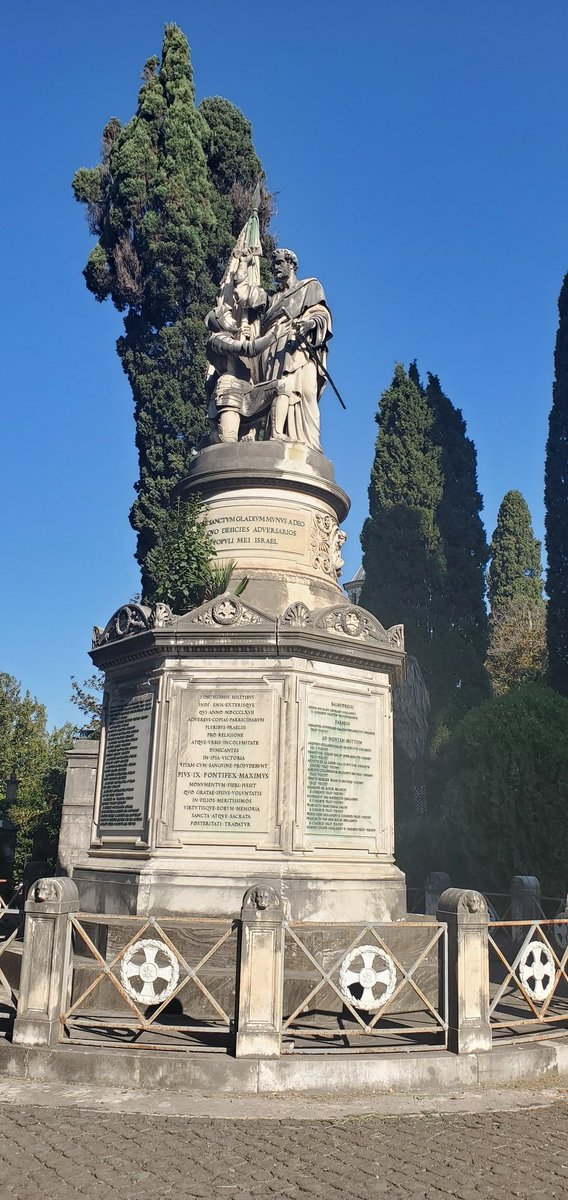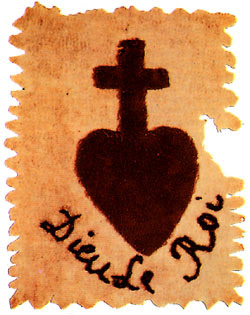
The solemn oath of the Papal Zouaves🇻🇦🧵
After the official creation of the Papal Zouaves on January 1, 1861. The 600 man battalion swore a solemn oath to defend the Papal States. The oath ceremony took place on January 10, 1861 at St. John Lateran in Rome.
1/9
After the official creation of the Papal Zouaves on January 1, 1861. The 600 man battalion swore a solemn oath to defend the Papal States. The oath ceremony took place on January 10, 1861 at St. John Lateran in Rome.
1/9

The Papal Zouave chaplain Fr. Daniel administered the oath to the Zouaves. He said to them
"So far you have committed yourself individually but today all together we want to solemnly swear fidelity to God, to His service, to the Church and her rights. To it's kingly head,
2/9
"So far you have committed yourself individually but today all together we want to solemnly swear fidelity to God, to His service, to the Church and her rights. To it's kingly head,
2/9

temporal prince, spiritual head. We promise to defend his rights and die rather than abandon them cowardly. For my part gentleman in the presence of this battalion which I respect and love in the presence of God and the Church,
3/9
3/9

I swear to remain always faithful to the Church, to her doctrine, and to her rights. I say this oath out of complete fidelity and devotion to serve you and for the salvation of your souls. Now I will hear your oath."
4/9
4/9
The formula of the Papal Zouave solemn oath.
"I swear to Almighty God to be obedient and faithful to my sovereign, the Roman Pontiff, our very Holy Father, Pope Pius IX and his legitimate successors.
5/9
"I swear to Almighty God to be obedient and faithful to my sovereign, the Roman Pontiff, our very Holy Father, Pope Pius IX and his legitimate successors.
5/9

I swear to serve him with honor and fidelity and to sacrifice my life for the defense of his august and sacred person, for the support of his sovereignty and for the maintenance of his rights.
6/9
6/9
I swear not to belong to any civil or religious sect, to any secret society or corporation, whatever they might be, having for its direct or indirect goal to offend the Catholic religion and to corrupt society.
7/9
7/9
I swear to not join any sect or society condemned by the decrees of the Roman Pontiffs.
I swear also to the very good and great God to not have any direct or indirect communication with the enemies, whoever they might be, of religion and the Roman Pontiffs.
8/9
I swear also to the very good and great God to not have any direct or indirect communication with the enemies, whoever they might be, of religion and the Roman Pontiffs.
8/9
I swear all of this on the holy Gospel, so help me God. Through our Lord Jesus Christ, so be it"
Immediately after the oath was said the Officers raised their swords and arms were presented by the battalion. Thus the Church had new protectors
9/9
Bl. Pope Pius IX,
Pray for us!
Immediately after the oath was said the Officers raised their swords and arms were presented by the battalion. Thus the Church had new protectors
9/9
Bl. Pope Pius IX,
Pray for us!

• • •
Missing some Tweet in this thread? You can try to
force a refresh

























